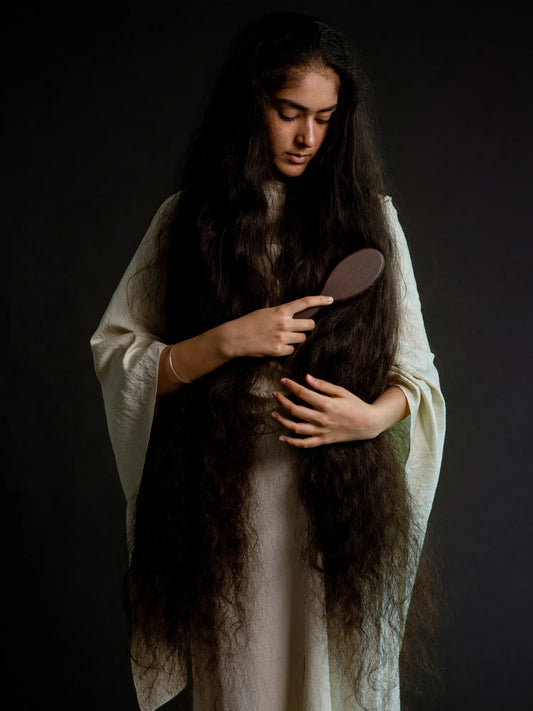
What’s an anchor?
Tangible anchors, be they physical objects or sensory experiences, act as grounding forces serving as cues to our purpose. We engrave on them a kind of map of our own consciousness and they in turn reflect a path that pulls us back to a desired intentional state.
Anchors can incarnate in all manner of forms. Some people find solace in the rhythmic chiming of a mindfulness bell, while others may be drawn to the grounding solidity of a cherished stone or a piece of jewellery that holds personal significance. Sensory stimuli, too, can act as potent anchors— the calming scent of pine incense, the soothing sound of crashing waves, or the feeling of warm sunlight on your skin.
Choosing an anchor
Crafting your own tangible anchors is an inherently personal journey. This process begins with introspection - diving deep into your inner self to unearth what truly resonates with you. Everyone has different associations and attachments, and your anchor should be a reflection of these unique personal elements. Maybe there's a family heirloom that always brings you comfort, or an object from a memorable trip or person that carries significant meaning.
That said, tangible anchors aren't limited to objects. They can also be rooted in sensory rituals that ground you. For instance, the act of lighting a specific scented candle during your meditation might bring a sense of calm and centeredness. The smell, the light, the process itself - they all contribute to an experience that brings you back to your intention.
As you choose your anchor, ponder on the characteristics that would make an object or a sensory experience an intuitive companion for the intentional state you desire. Its selection should be thoughtful, ensuring it reliably echoes your intention and helps you retain focus.
Bridging the internal and external
Using tangible anchors in your ritual practice has transformative potential. These physical cues help you create a sacred space, a sanctuary within and apart from the hustle of everyday life. They serve as powerful portals to your most open, aware and authentic self. Over time, they can also foster a deeper connection with the physical world, serving as a bridge between your internal landscape of intention and the external world of experience.
While incorporating tangible anchors into your practice, bear in mind some practical considerations. Consistency is key: try to use your anchor regularly to reinforce its association with your intention. At the same time, avoid, if possible, becoming overly attached to the physical object itself. Remember, it's a tool to help cue the intention it represents.
Portals to awareness
Anchors have been, for me, a powerful means of embodying intention in the physical world. By transforming ordinary seeming objects and experiences into portals to intentional states, we can deepen and refine our engagement with the present moment and the world around us.
In my next post, we’ll get into the specific anchors and framework that I’ve found helpful in cultivating rituals that promote deeper awareness, appreciation and ease.














